
Last week, Ammon Bundy stood before an audience in rural Utah and declared that socialists had infiltrated the Mormon church.
“I know that our church on the lower levels, the mid levels, has been infiltrated by these same people, but not the higher levels,” said Bundy, a Mormon rancher from Nevada who led two armed standoffs against the federal government.
Bundy, who has repeatedly cited his faith as the guiding philosophy behind his government provocations, questioned if Mormons could still trust their local leaders.
"Whenever anybody in the church or out of the church is trying to infringe upon your agency, then they have become an enemy to God,” Bundy said of the faith, officially known as the Church of Jesus Christ of Latter-day Saints (LDS).
The comments represent a broader and growing division between the mainstream LDS church and congregants who occupy the far-right fringe of the political spectrum. It's a schism that observers say is the result of the church's resistance to fringe ideologies while a broader alt-right movement became a national force in the wake of Trump's election.
Mormonism's most visible split from the political fringe began last year as a Mormon version of the alt-right was ascendant. At the time, a blogger using the pseudonym Ayla Stewart was quickly amassing Twitter followers with a unique mix of Mormon parent blogging and white nationalism. In Stewart's orbit, a community of like-minded Mormons was emerging on Twitter and blogs such as the Deseret Nationalist (the word "Deseret" comes from the Book of Mormon and has historic associations with Utah).
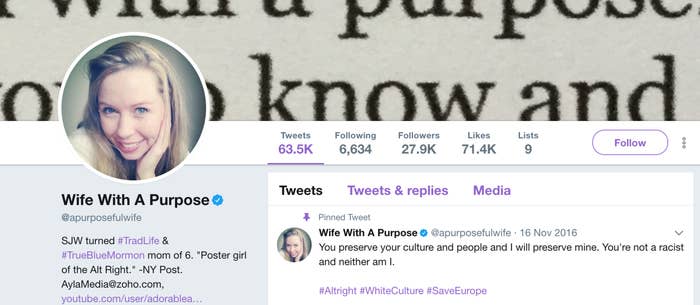
Like their counterparts in the broader movement, members of the Mormon alt-right have cheered white nationalism and anti-immigration policies, while intertwining ultra-conservative LDS ideas. Stories about ancient peoples, for example, were cited as evidence that races shouldn't mix, and culturally conservative Mormon ideas about families or traditional values were woven into screeds about the primacy of European society.
But that emerging Mormon alt-right community was kneecapped by a series of historic shifts within the church that played up its role as a diverse and centrist organization.
In August, the LDS church issued a statement explicitly condemning extremism. In an apparent reference to alt-right members, the statement explained that those "among the various pro-white and white supremacy communities who assert that the Church is neutral toward or in support of their views" were in fact wrong.
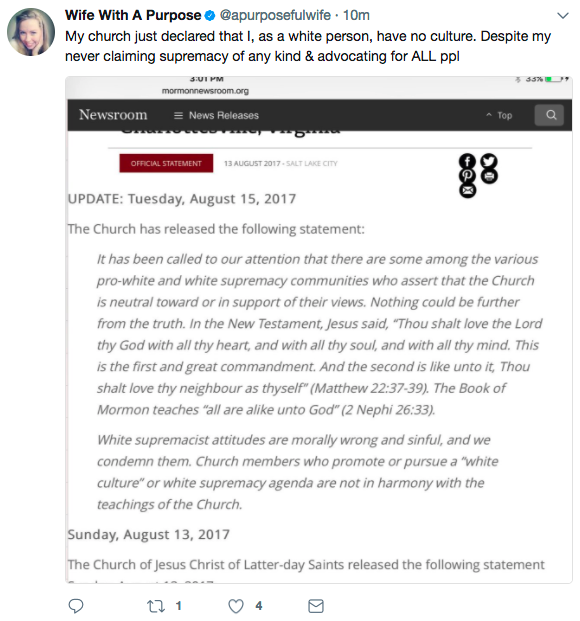
The statement went a long way to suppressing alt-right ideology in the church, according to Janan Graham-Russell, a Mormon and PhD candidate in religion at Harvard University.
"I think after the church put out that statement last year, those groups sort of went into hiding," Graham-Russell said.
Other responses from top church leadership condemning hate followed. Mainstream Mormons — who vastly outnumbered their far-right brethren — organized, creating websites and blog posts and tweets making it clear they didn't support extremism within the church. The church has also more recently partnered with the NAACP and appointed its first nonwhite officials to top leadership positions.
"For some people that kind of answered the race question," Graham-Russell said of the new leadership.
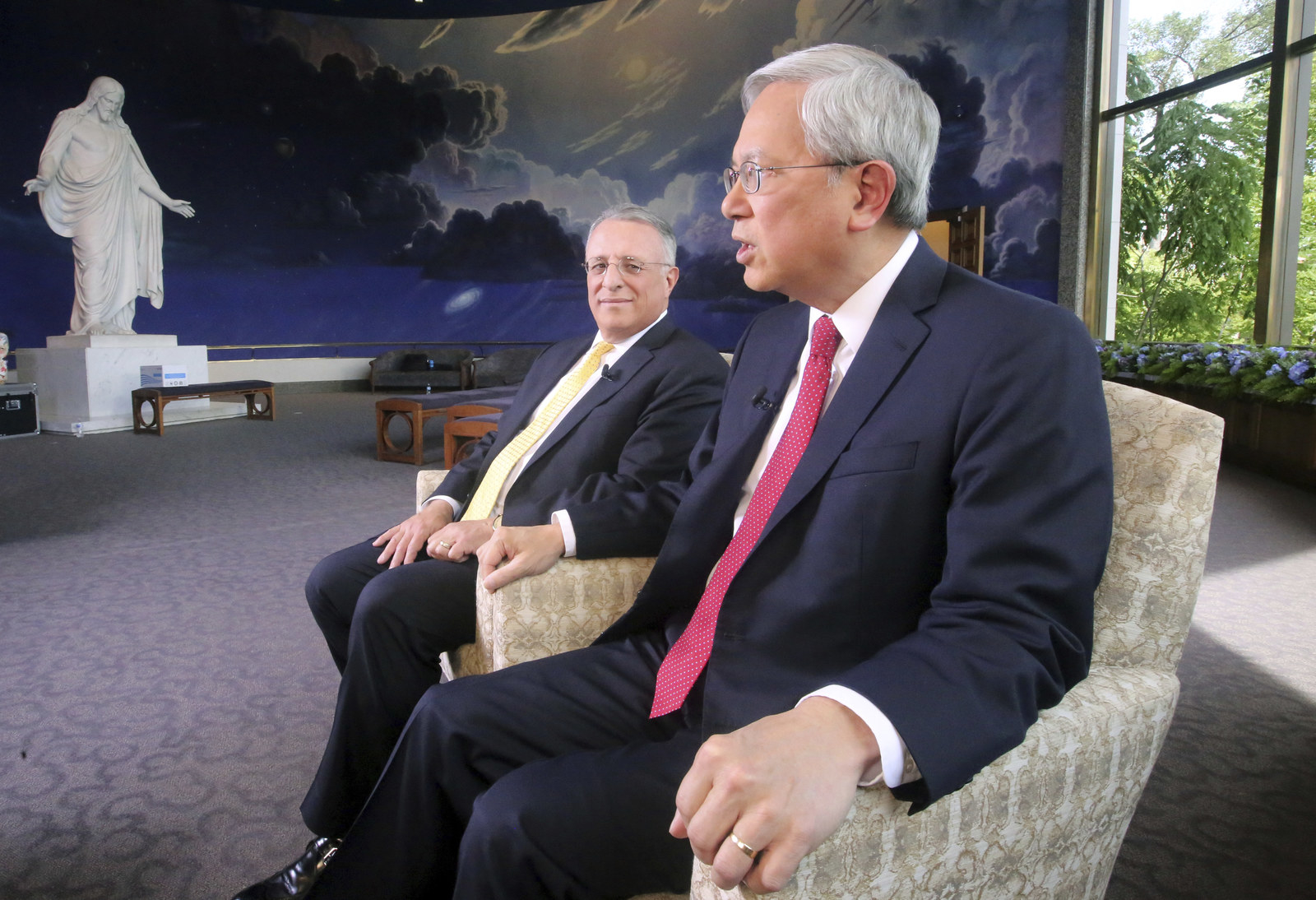
Earlier this year, the church held a celebration it called "Be One," which commemorated a 1978 policy change allowing men of African descent to hold the religion's lay priesthood. The message of the celebration was inclusion.
"There was even a line about how we are bridge builders and not wall builders," Crystal Young-Otterstrom, a Mormon and a leader of the group LDS Democrats, told BuzzFeed News. "The church is being pretty clear right now that they’re interested in bridge building."
The result of these various events — many of which were milestones on their own — was that the Mormon alt-right is "largely gone or back in the shadows now," said Robert Taber, a Mormon and history professor at Fayetteville State University, who called the movement "evil" and "contrary to church teachings."
"There’s been a real social cost to being in the alt-right over the last year and that's unequivocally a good thing," Taber said.
Today, Stewart no longer publicly describes herself as a Mormon and has largely removed references to the church from her website and social media profiles. Instead, she uses terms common to Christianity, but not typically a part of the Mormon lexicon.
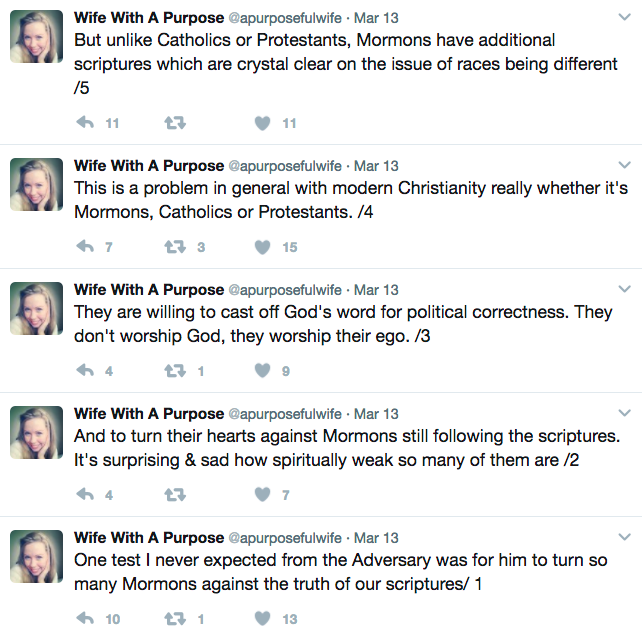
Stewart told BuzzFeed News in a private Twitter message that she is "neither publicly Mormon" nor considers herself to be part of the alt-right movement, and provided a link to a blog post from December stating that her "church affiliation denomination and attendance was hence forth going to be a private matter, and I would continue to classify myself as I always had, as a Christian."
"It is totally false to claim, in any way, that I am a 'Mormon' or affiliated in any way with the Church of Jesus Christ of Latter Day Saints," she continued.
The broader alt-right Mormon community appears to have receded as well. The Deseret Nationalist blog is gone. Stewart's original Twitter account was suspended, and many of the lesser-known figures have gone silent, disappeared, or shifted their focus. Other Twitter accounts — including, as of Thursday, Stewart's new profile — have been set to private, essentially walling them off from any broader audience.
While the alt-right and Bundy-led movements land at different places on the political spectrum, with the Bundys often lumped into a more explicitly rural, land use–oriented community called the Sagebrush Rebellion, there is significant overlap. Both express deep skepticism about the federal government, have been at times enthusiastic about the political rise of Donald Trump, and see their opponents as powerful progressives and liberal media.
And both have repeatedly cited church doctrine to support their positions.
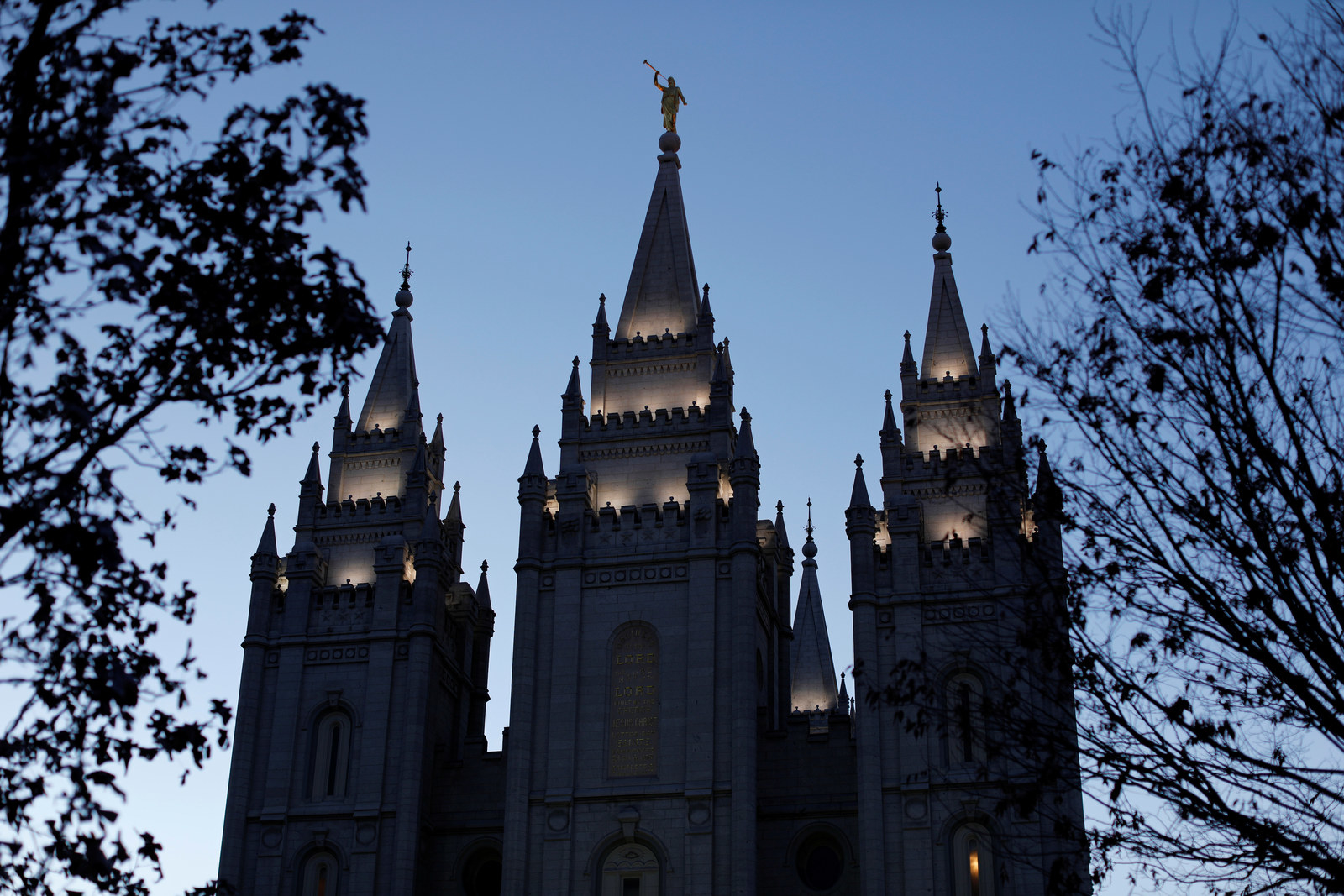
The Bundy family traces its origins to early Mormon pioneers in the West, and patriarch Cliven Bundy has spoken of receiving inspiration from God. For his part, Ammon's description of his path to the Oregon standoff is remarkably similar to what Joseph Smith recalled doing — searching, pondering, praying — before founding the religion. And the broader anti-government movement in the West has long-standing connections to rural Mormons, many of whom still share stories about their ancestors fleeing to the region to avoid religious persecution.
The Bundys' anti-government sentiment is embedded "deep within Mormonism's DNA," said Patrick Mason, a Mormon and professor of Mormon studies at Claremont Graduate University. Or, at least, it was.
"The DNA has been reconfigured over the last century," he said. "It's mutated."
Mason explained that after 1890 — the year the LDS church officially abandoned polygamy — the faith's leadership has continually made a wager that its "success was going to be found in the center of society, not on the margins." That decision set the church on a path of assimilation into mainstream America and continues to dominate the church's strategy today.
"Ever since that moment, Mormonism has always made that wager," Mason said. "I think fundamentally Mormonism, it’s a religion that operates in the center of society. It doesn’t operate at the margins. It’s not interested in operating at the margins. The people aren’t interested in operating at the edge of society."
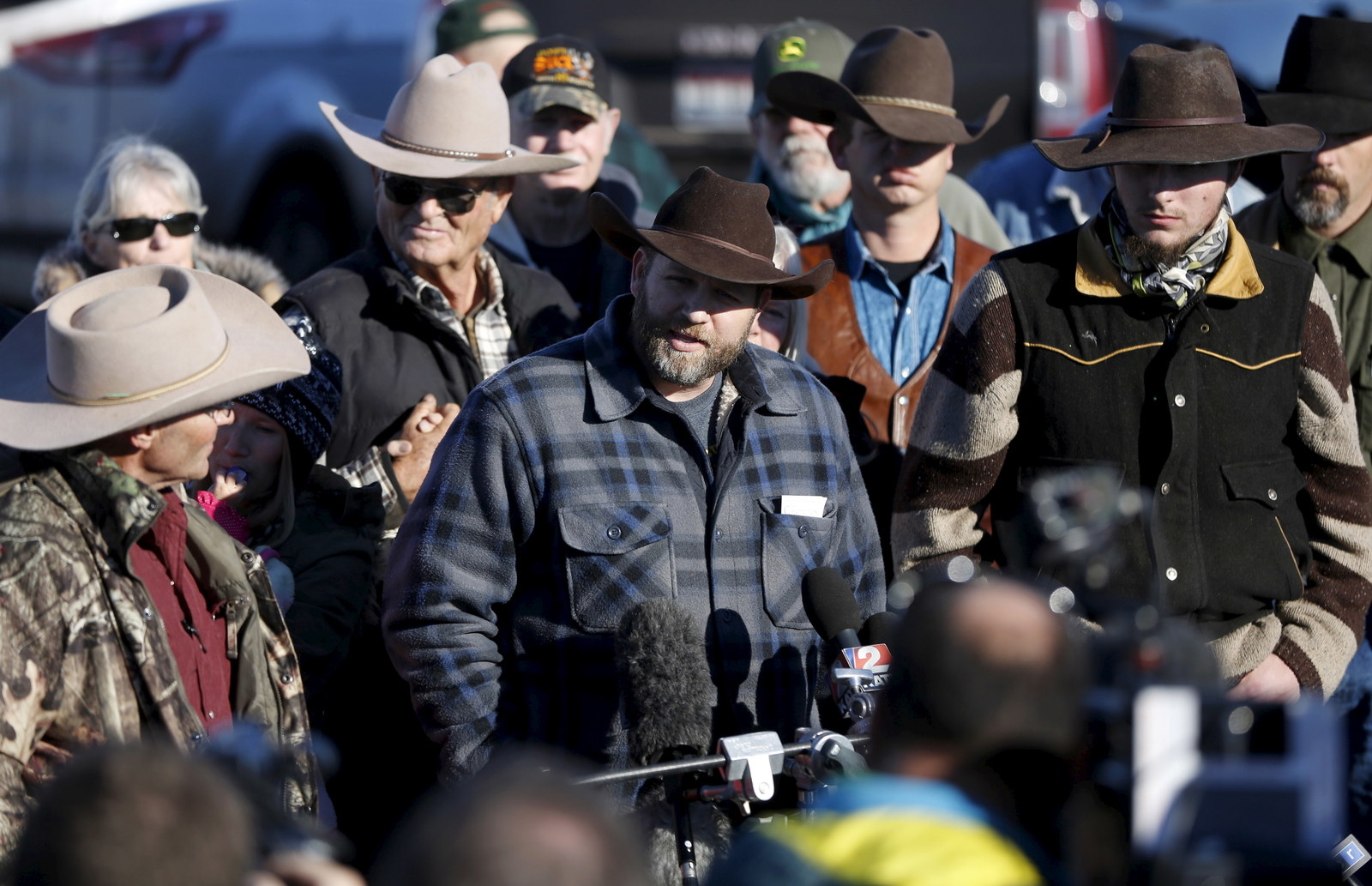
The church's response to the 41-day standoff at an Oregon wildlife refuge bears that out: In a statement, it condemned the confrontation, saying it could "in no way be justified on a scriptural basis."
The church declined to comment for this story. But Taber said Ammon Bundy's claims weren't taken seriously by most Mormons — a response that hints at the gulf between more mainstream members and those operating on the far-right of the political spectrum.
"His comment that the church has been infiltrated by socialists came in for a fair amount of mocking," Taber said.
Bundy did not respond to a request for comment.
Mormons who spoke with BuzzFeed News said that the church, as a culture and an organization, is still evolving, but none expected to see a resurgence of far-right rhetoric even if that ideology becomes more prominent in broader American society.
"I think the church leadership really wants to hold the center," Mason said. "There is a clear distaste for a Trumpian-style of discourse. They see it as coarse. They see it as degrading."
And while Bundy criticized "globalists" during his recent remarks in Utah, some in the church see its increasingly global orientation as a driver of greater inclusivity.
"I think those fringy movements are not where the church wants to be now," Young-Otterstrom said. "I think the church wants to be global. It wants to be inclusive. We have a long ways to go for a number of identities, but I think we’re on a trajectory to get there."
